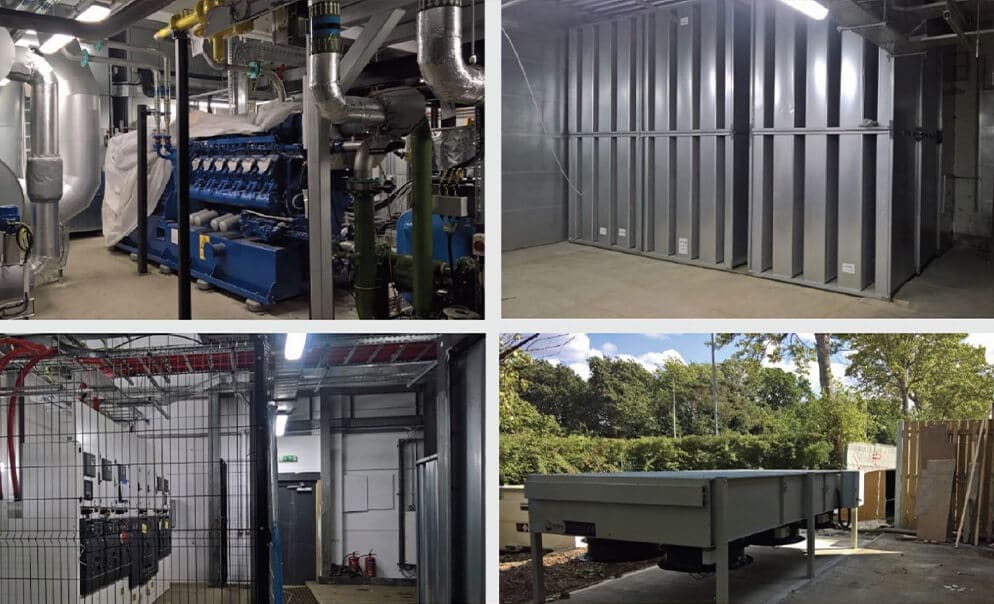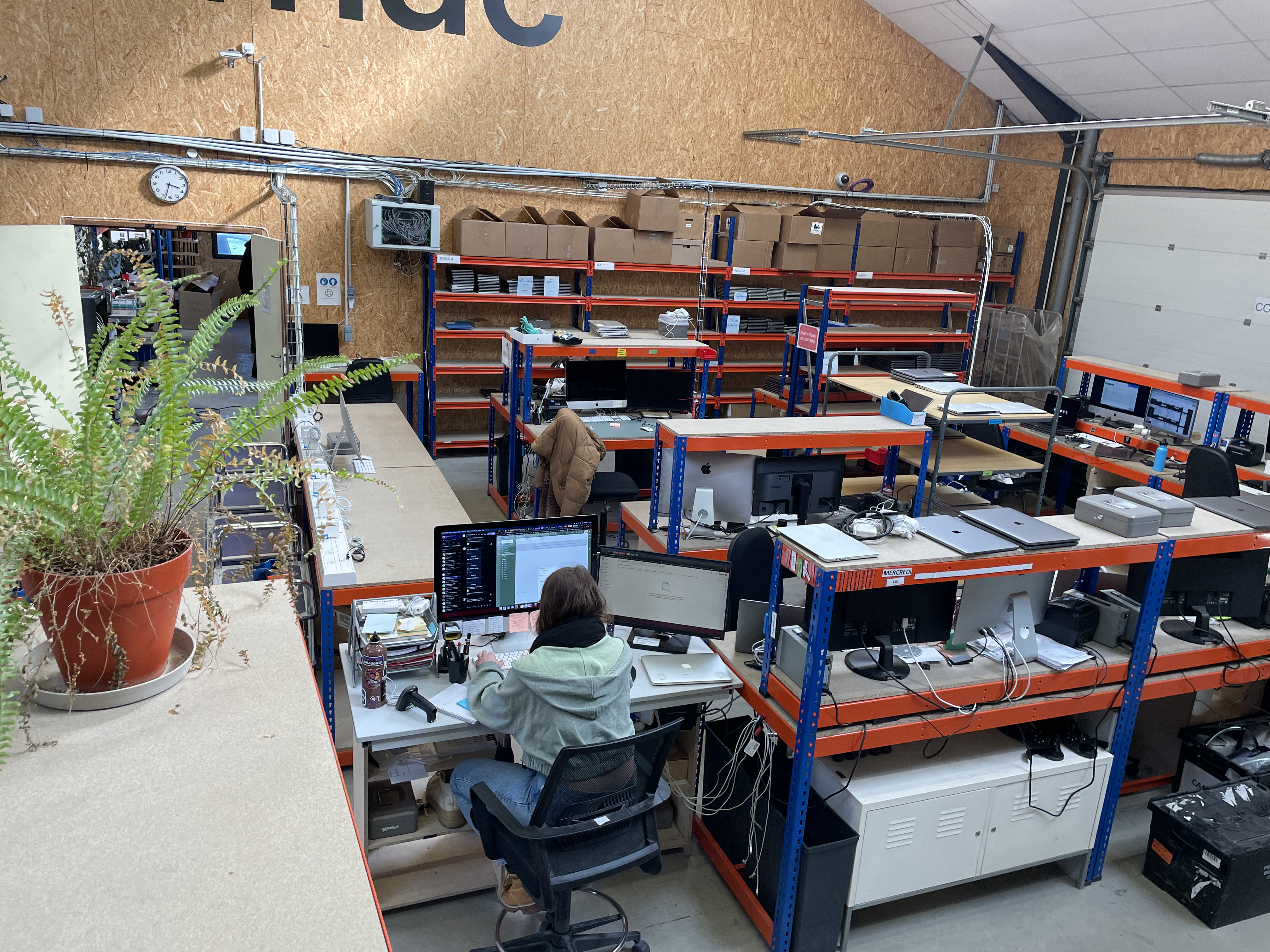Our impact
University of Hertfordshire energy centre
Problem solving in partnership
Operating the complex with zero net carbon emissions
Student accommodation complex
3000 room
Complete and operational
21 buildings
Fuelled by
Natural gas
Back in 2012, The University of Hertfordshire announced its preferred bid for the design, build, finance and operation of a 3000-room student accommodation complex in Hatfield. A key feature of that bid, submitted by a partnership of contractor Bouygues and facilities operator Derwent Living, was the proposal for operating the complex with zero net carbon emissions.
This would come from use of an innovative bio-gas powered Energy Centre to be built on site and fuelled by recycled wood-chip for generating both heat and electricity for the new development. Use of this sustainable material would also raise revenue through the UK Government’s system of credits available to generators and users of renewable energy.
Fast forward to the present, to find all 21 buildings of Hertfordshire University’s accommodation complex complete and operational: occupied, but with a different more conventional Combined Heat and Power (CHP) plant in place.
The new CHP Energy Centre is fuelled by natural gas, so cannot boast quite the same strengths of sustainability but its installation does represent a success given that it was built after the biogas plant could not be delivered as planned. In retrospect, what was done with regard to the Energy Centre now stands as a demonstration of risk management and problem solving in public private partnership projects.
Following announcement of the University’s preferred bid, the special purpose vehicle (SPV) Uliving@Hertfordshire – a partnership of Meridiam, Bouygues and Derwent, plus the University and Legal & General as minority shareholders – was formed to deliver and operate the University’s accommodation project.
Financial close on the 50-year concession agreement between the University and Uliving@Hertfordshire was reached in May 2013. Construction of the accommodation complex got under way just a month later. The complex would be delivered in three main phases, culminating with the commissioning of the Energy Centre to signal the end of construction and the start of the project’s operational phase in the summer of 2016.
It was during initial stages of the main build phase, when Uliving@Hertfordshire first identified the Energy Centre as a significant risk for the project, due to the biogas plant being new and hitherto unproven technology.
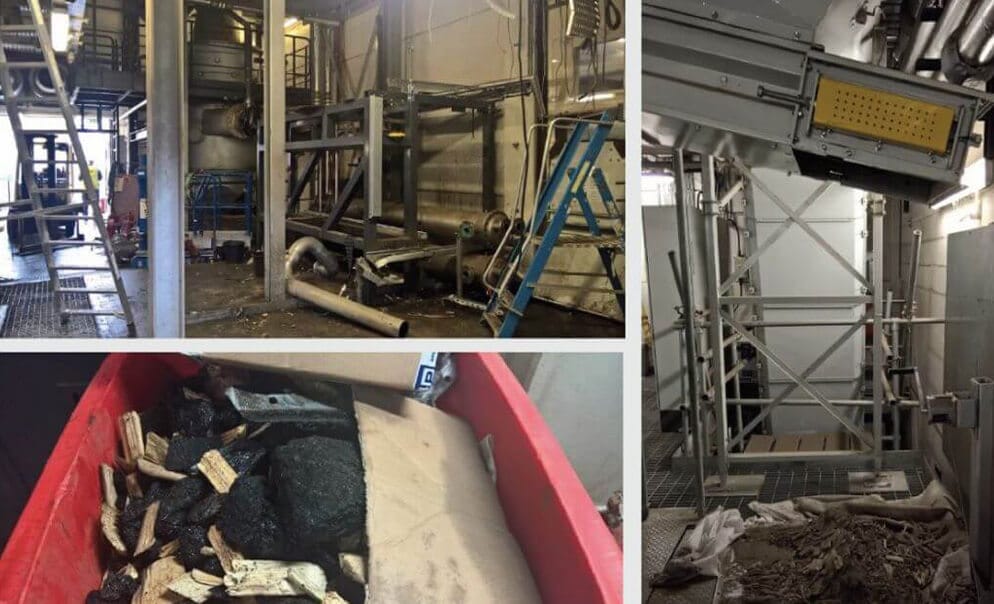
Initially: wood chip technology
“Our pre financial close analysis highlighted the Energy Centre as a risk, but at that early stage it was felt that mitigation was entirely feasible and that the risk could be contained within the financial parameters of the project.”
Richard Ashcroft
Meridiam Senior Investment Director and Chair of the board of Uliving@Hertfordshire
The board of Uliving@Hertfordshire effectively took on the risk from the start of construction and it made the Energy Centre a very high priority for monitoring progress from there on. This materialised as the right policy, as further investigations carried out for the SPV revealed problems with the biogas plant beyond the fact that the technology was still in its infancy.
It was found that the costs of construction and operation of the biogas plant were likely to be a lot higher than initially envisaged, partly due to a lack of automation, demanding a high degree of manual intervention. A specific type of wood-chip fuel was required for the plant and only one source of this particular material was operating in the UK. This not only presented a very low security of supply, but also helped to push up the price of the wood-chip to around double its cost when the bid was first developed.
Further difficulties were encountered as the plant took shape on site. Emissions were higher than expected, with significant emission of particulate matter and an unpleasant odour, which alone presented a reputational risk to the University. Plus, as early testing began, the contractor struggled to maintain continuous operation of the plant due to frequent breakdowns.
Despite these findings, the contracting team faced a difficult decision. The contractor stood to lose a considerable amount of money if it failed to deliver the biogas Energy Centre to the terms of its contract, so was initially reluctant to call a halt to its construction, without having absolute confirmation that the plant could not be delivered successfully.
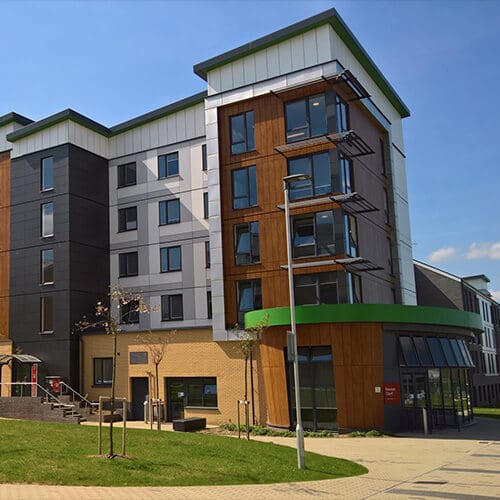
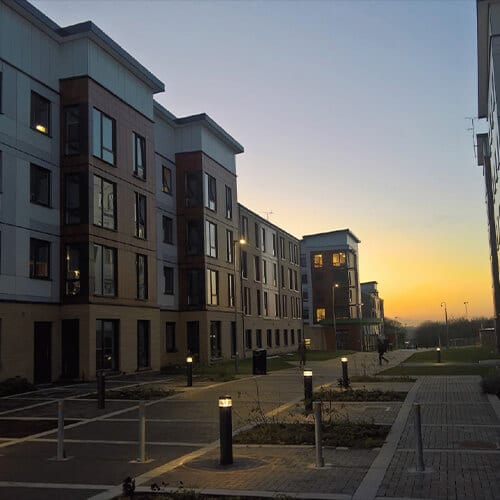
Time was becoming a critical issue as well. If the biogas Energy Centre was not operational before the contract’s long-stop date, Uliving@Hertfordshire would then be in default with regard to its concession agreement with the University. The project lenders’ investments were at serious risk of being devalued.
The response from Uliving@Hertfordshire was the introduction of a mitigation plan, including instruction to the contractor to demonstrate whether it could complete the Energy Centre satisfactorily in accordance with a series of tests.
“Key to this was the appointment of consultant Arup as an independent specialist,” Richard says. “One of the critical things that Arup did was to develop a test specification for the Energy Centre. This proved to be a fundamental mitigation because it helped the contractor to come to a final decision to abandon the plant. Run tests showed the biogas equipment could not achieve the performance criteria specified, so the contractor was then able to conclude that an alternative solution had to be found.
“From this point everyone involved worked together in real partnership and with positive co-operation. The University, Uliving@Hertfordshire and the contractor in particular collaborated effectively to come up with a solution that worked within the financial parameters of the project.”
Arup and the contractor’s consultant WSP, also played important roles, working well together and with all of the partners to find an appropriate alternative plant for the Energy Centre. The process essentially involved drawing up a list of options and carrying out detailed analysis of each, all of which had to be carried out rapidly.
With a final long-stop deadline approaching, a Deed of Variation was needed to amend the concession agreement. This itself was a complex process. Getting it done, with all of the necessary contractual and financial obligations for operating the new Energy Centre agreed and signed off within a matter of months, was a significant achievement. The Chief Executive of Uliving@ Hertfordshire, Christian Stanbury, points to a couple of procedural reasons for such success:
“In hindsight it was important to get the Deed of Variation discussions started early, with no delay once the decision to redesign the Energy Centre had been made. Progress from there on was also helped along by having a subcommittee of the SPV dedicated to the Energy Centre and we made a point of keeping everyone informed of what was going on, including the local community and students,” Christian says.
